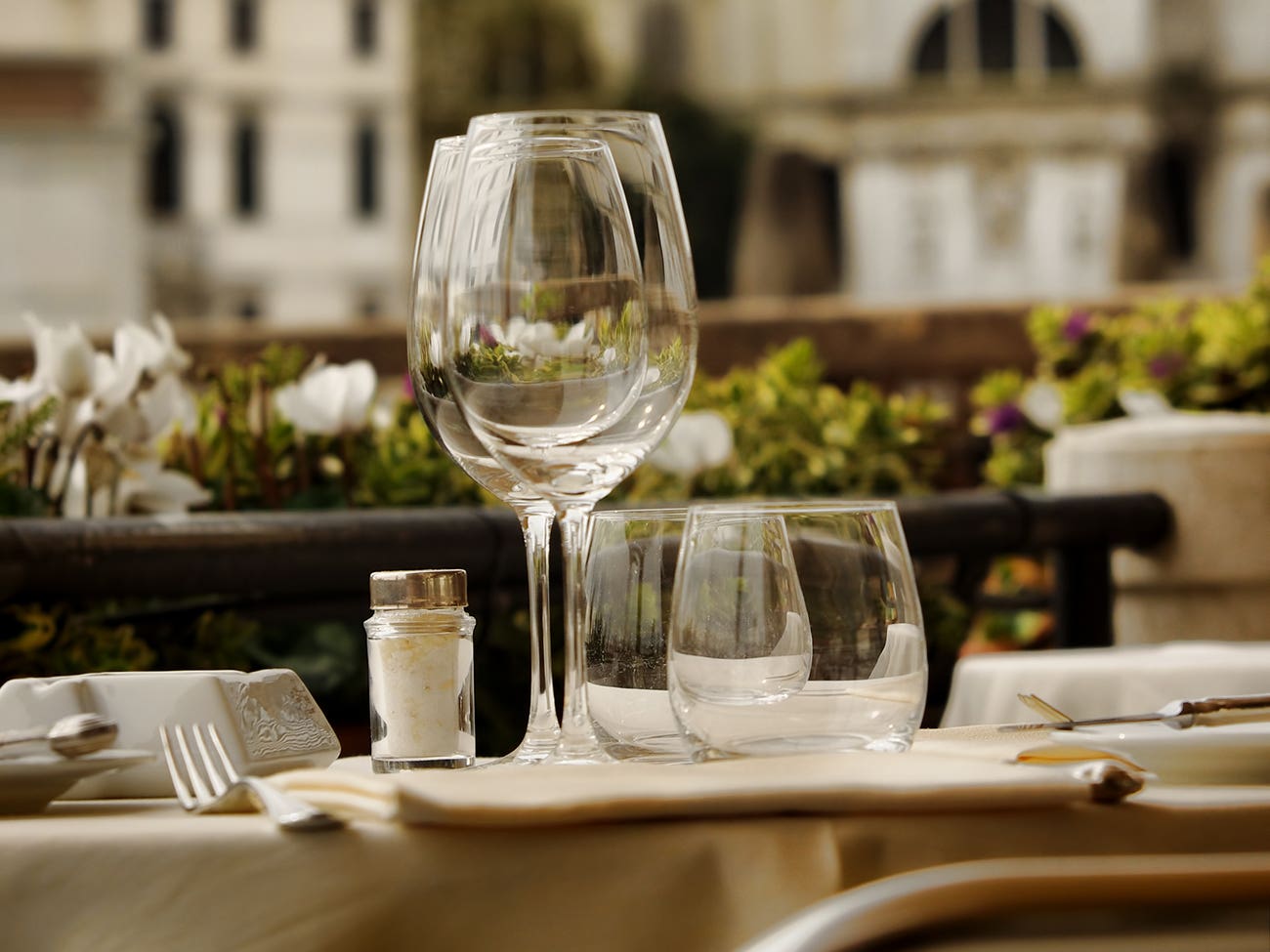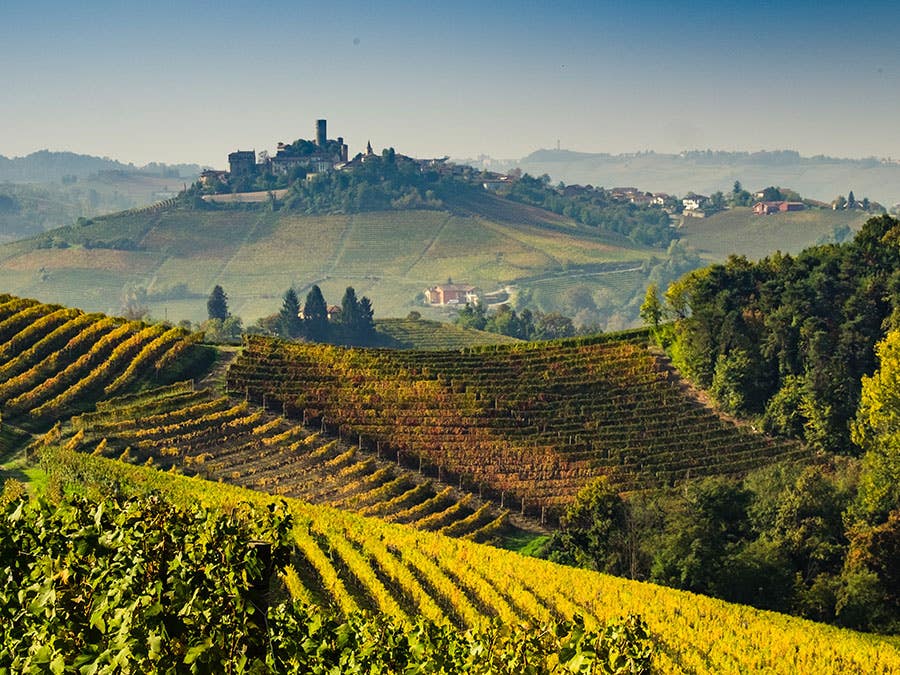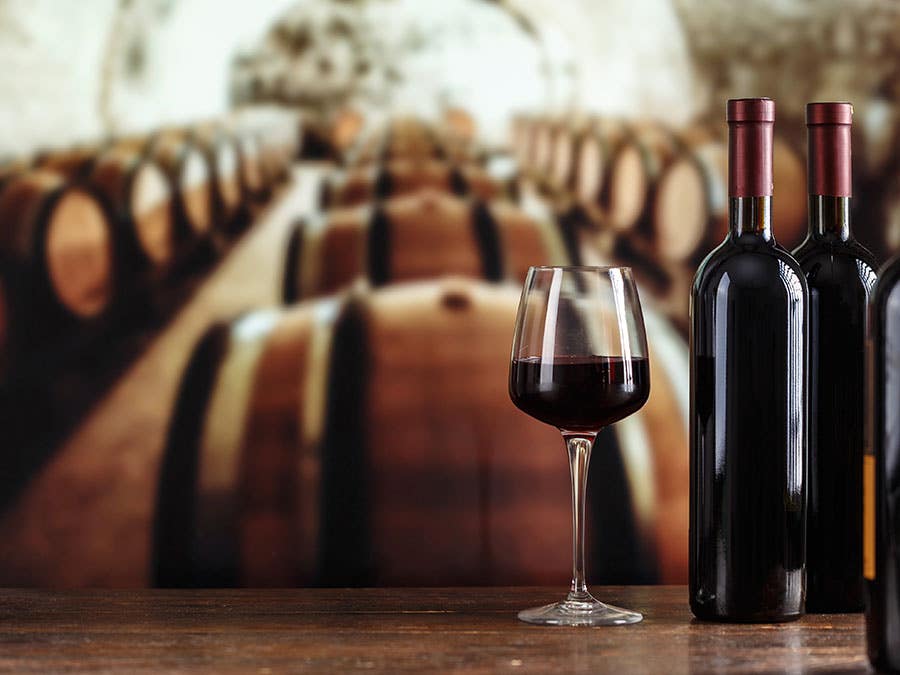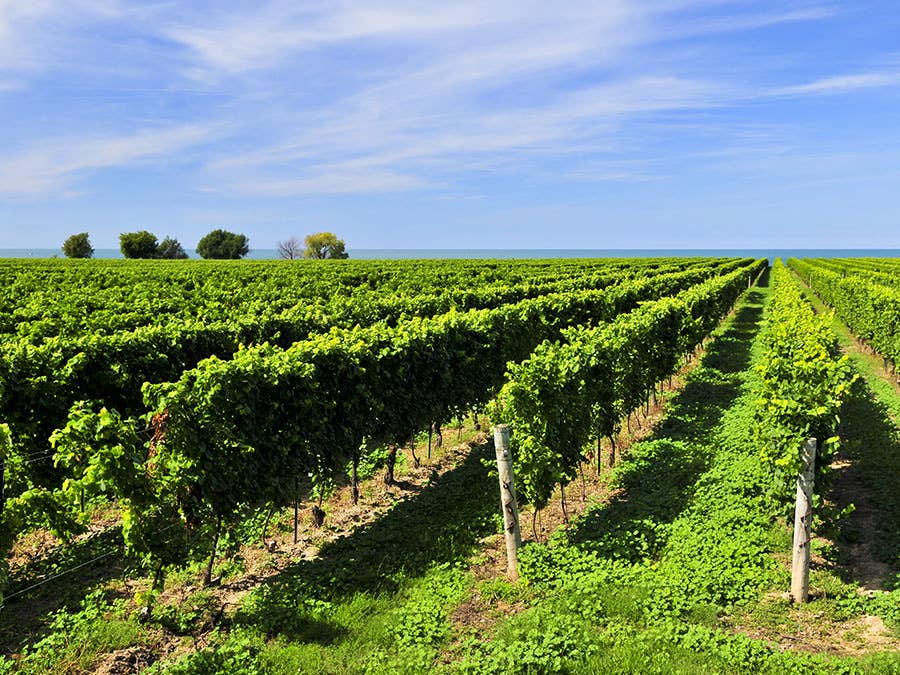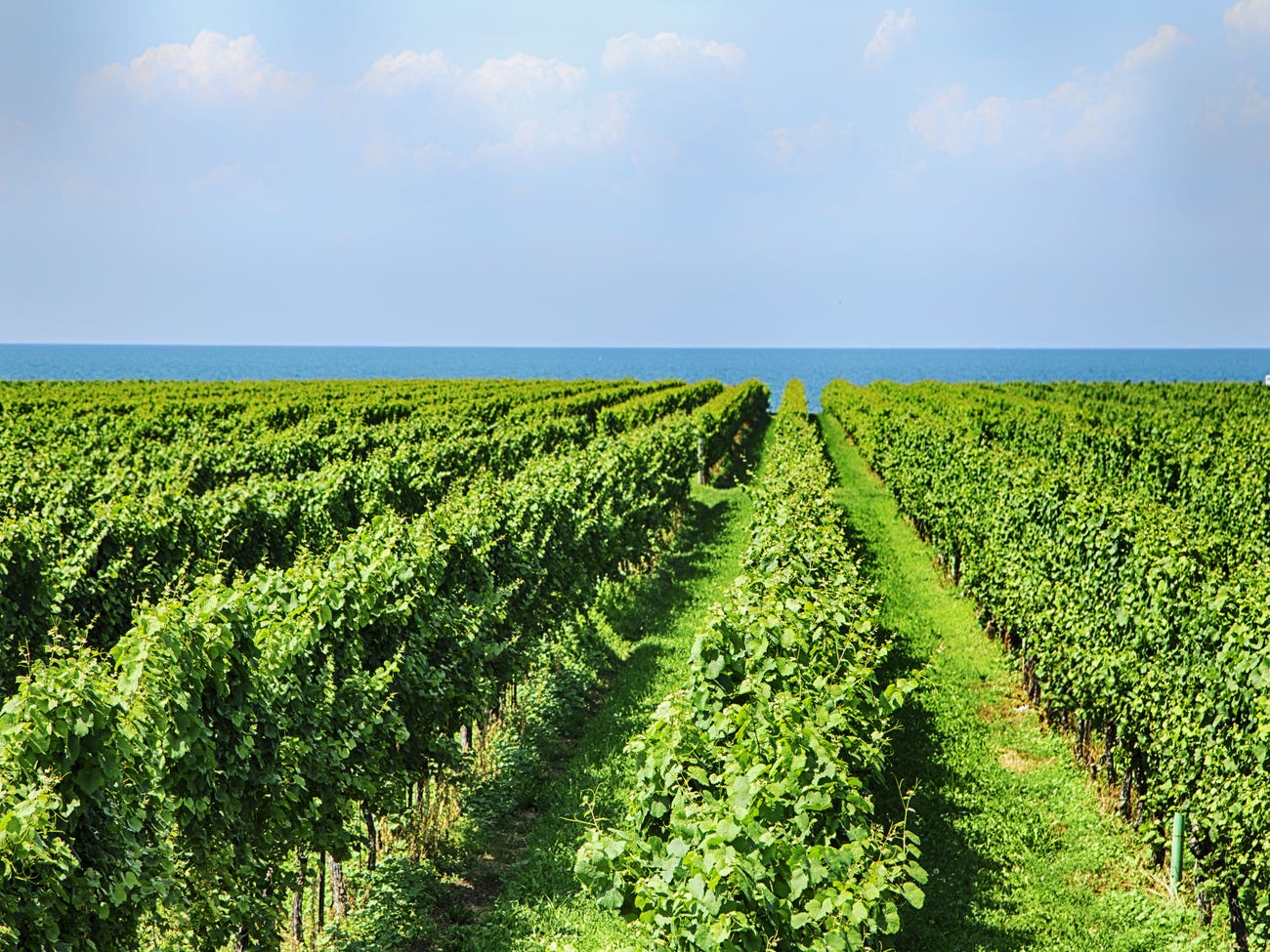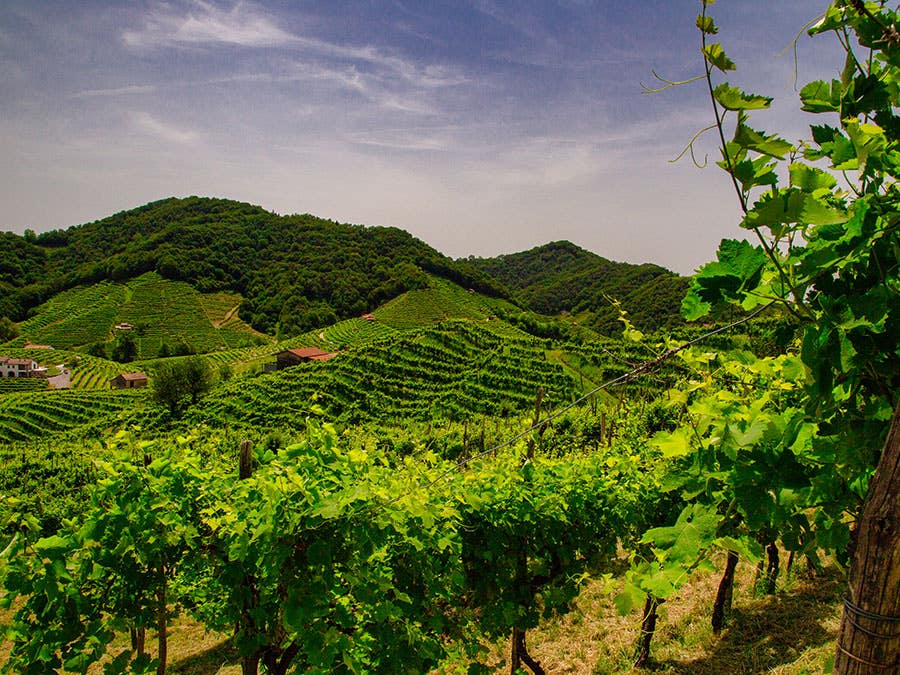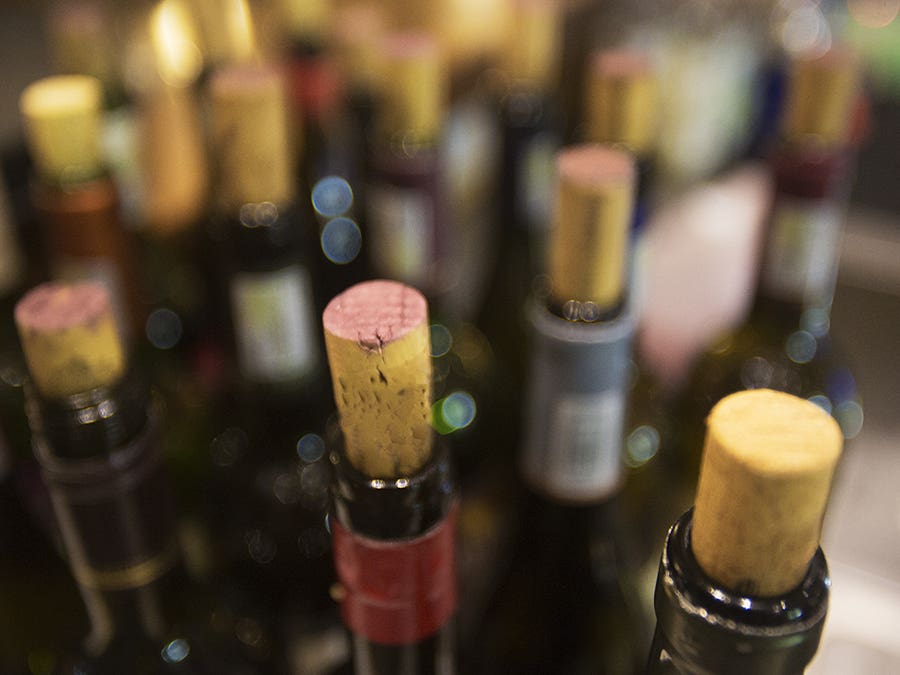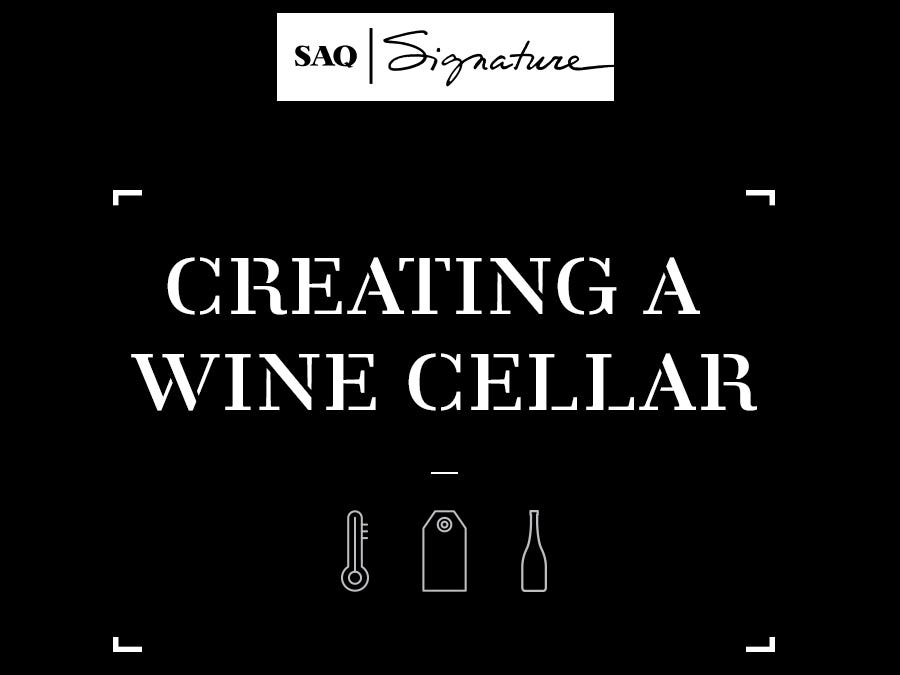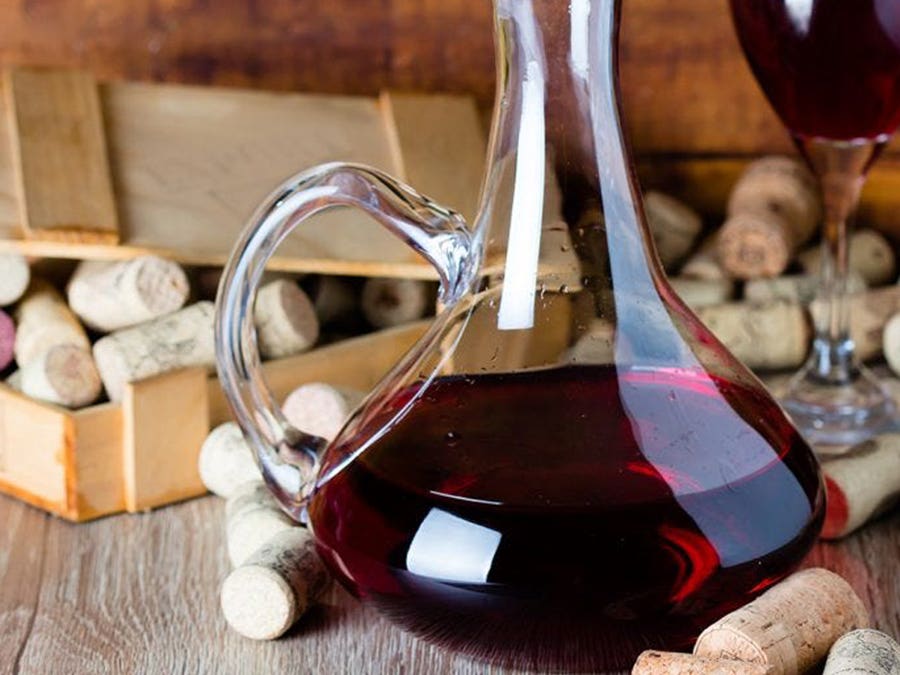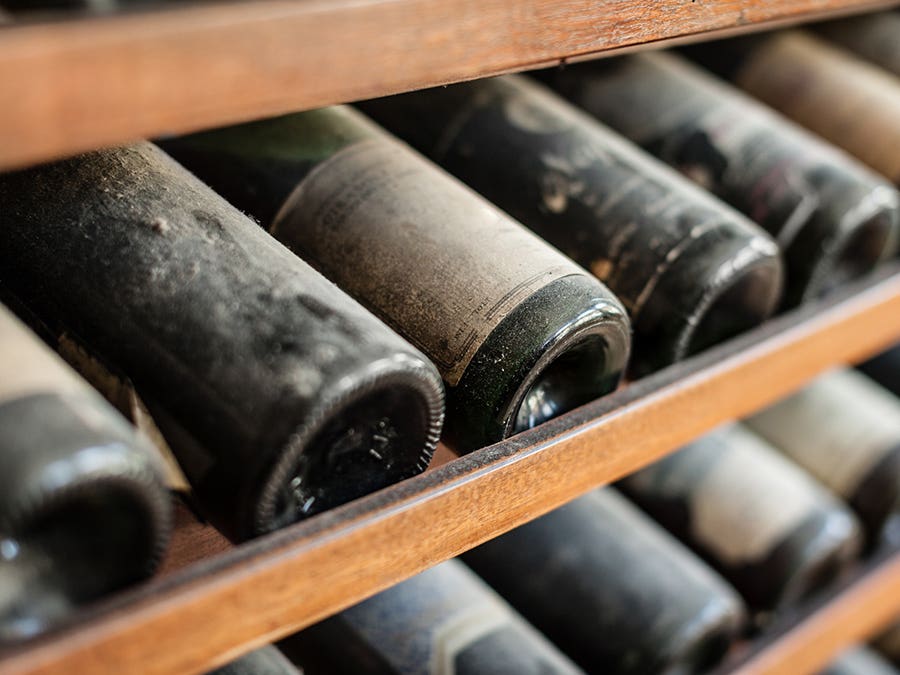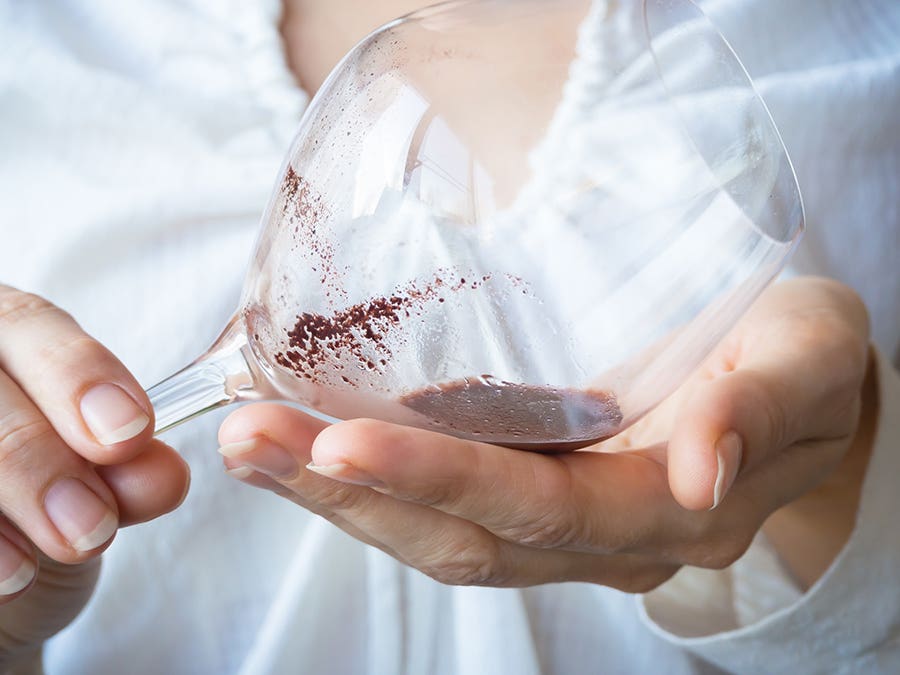White Wine
Grape varieties, production methods, food and wine pairings, service and storage: discover all our articles on white wine.
-
Read more
Veneto is a world-renowned region, but beyond its lagoon, it also offers vineyards to discover (or rediscover). Here’s a quick tour through Veneto.
-
Read more
Located not far from Turin, Piedmont is the land of Nebbiolo, the well-known red grape that is used in the production of many a great wine. But it is also home to many other treasures, both wine and food included.
-
Read more
Think Bordeaux and what usually come to mind are the well-known Grands Crus and their stratospheric prices. But there are pearls to be found in some of the smaller appellations.
-
Read more
What do you think about when you think of Niagara Falls? Certainly, there are hotels with heart-shaped beds, haunted houses and plenty of miniature golf courses... But besides the tourist centre that’s frozen in time and the majestic Falls themselves, Niagara is also a wine region worth checking out—particularly since it’s practically our next-door neighbour!
-
Read more
Wine aficionados and foodies should keep Ontario in mind for their next trip—it has a lot to offer!
-
Read more
Soave, Valpolicella, Pinot Grigio, Prosecco, Amarone: Veneto bottles some of Italy’s most popular wines.
-
Read more
What bottle should you open first? And what’s the difference between a red, a white and a port? The most important thing to remember is that you need to give each bottle a chance to shine!
-
-
Read more
A nice cellar is a diversified cellar. It should contain a little of everything: Monday night bottles at $20, Saturday night bottles at $35 and bottles for important occasions and major celebrations.
-
Read more
How much do you really know about decanters, every wine lover's best friend?
-
Read more
Drinking an aged wine is a moment for appreciating its history, the work of the artisan who made it and, above all, the incredible alchemy that went into creating its aromas, which when paired with the effects of time work to produce what appears in the glass in your hand. Whether red or white, what is an aged wine?
-
Read more
Nowadays, we expect wine to be perfectly smooth and crystal clear. As a result, some may be surprised to find gritty, powdery or crystalline deposits when pouring that last delicious glass, or when peering into the bottle itself. Is sediment bad? The gritty truth is: No.
 Access to SAQ Inspire personalized services and store inventories are unavailable at the moment.
Access to SAQ Inspire personalized services and store inventories are unavailable at the moment. Free in-store delivery with purchases of $75+ in an estimated 3 to 5 business days.
Free in-store delivery with purchases of $75+ in an estimated 3 to 5 business days. 
